
views
- Practice meditation to focus your mind and body. Sit in a comfortable and quiet area and visualize a comforting image or a mantra, like I am safe.
- Down-regulate and calm your nervous system with deep breaths. In four-second cycles, inhale, hold, exhale, and hold your breath again.
- To up-regulate your nervous system when feeling sluggish, take a walk in nature or move your body with yoga or dancing.
How to Regulate Your Nervous System
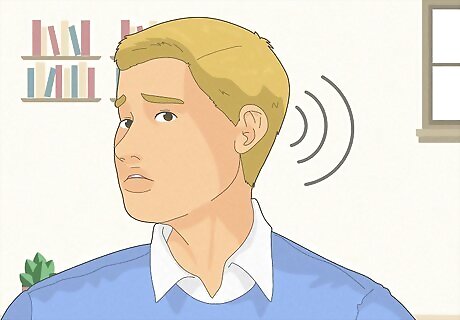
Use your five senses to ground yourself. This technique is especially helpful for anxiety or feelings of being overwhelmed. Begin by stabilizing your breath with slow, deep, and long breaths. Then, name the following items, aloud or internally. Five things you see around you – a pen, a mark on the ceiling, a window. Four things you can touch around you – your hair, the ground, a blanket. Three things you hear – a bird, the refrigerator humming, people talking. Two things you smell – pencil shavings, soap, perfume. One thing you taste inside your mouth – toothpaste, coffee, your lunch leftovers.

Take slow and deep breaths. Dr. Tracy Carver, a licensed psychologist, explains that ”box breathing is really helpful, where you count to four for your inhale, you hold for four at the top, count to four for your exhale, and then hold for four at the bottom.” Life coach Rebekka Mars recommends placing a hand on your stomach to help you breathe through your diaphragm and “get the belly moving, [which] will calm your nervous system down.”

Engage your senses with in-the-moment soothing techniques. Everyone reacts differently to different tools, and some strategies, like meditation, can take time to work. Experiment with various strategies to calm yourself down until you find one that helps you regulate your nervous system: Cuddle a soft blanket or stuffed animal. Touch a textured surface. Use a fidget toy. Use a weighted blanket. Drink a comforting beverage like tea or cool water. Slowly and thoughtfully eat an orange. Light a soothing candle or use aromatherapy oils. Listen to calming or mood-lifting music. Look at a picture of someone you love. Hold an item that has sentimental value. Use religious or spiritual tools, like a rosary or spiritual coin.
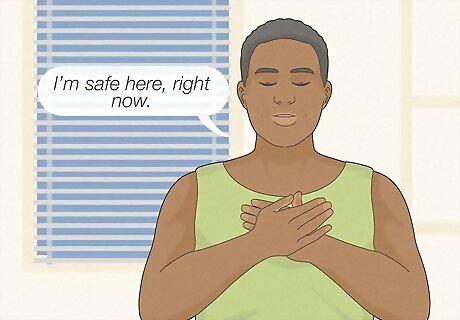
Repeat a calming mantra. Ask yourself, What’s the best thing that can happen? This mantra is used by Rebekka Mars in her practice as a life coach, as a counter to our instinct to jump to worst-case scenarios. As Mars explains, this mantra can help shift the root of the fear and “the way the brain is perceiving what’s actually at hand.” Another helpful mantra is repeating, I’m safe here, right now. Use this mantra only after considering if and identifying that you’re physically safe.

Meditate for 5-20 minutes. Find a quiet environment where you can sit comfortably. Decide how long you want to meditate and set a timer. Focus on deep breathing, a visual image, or mantra to begin meditation. Alternatively, find a therapist who can guide you through meditation. Tracy Carver, Ph.D. in counseling psychology, recommends this approach so you can “journal after a meditation session…with your therapist, [and] you can go over your journal entry and what came up for you during that meditation.” Remember that meditation doesn’t have to look any one way. Dr. Carver goes on to explain that you can even meditate on an airplane by closing your eyes, putting in your headphones, and listening to ambient music. Meditation coach Rebekka Mars has seen how meditation “really helps people have things roll off their shoulders a little bit or roll off their back, and it really is a matter of shifting the nervous system…where they don’t even realize that happening.”
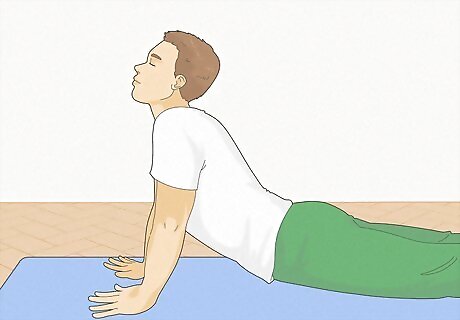
Distract yourself by journaling or moving your body. Write a journal entry about gratitude or make a list of things that you love about yourself. Try to get lost in a daydream and distract your mind, wellness coach Rebekka Mars recommends. Move your body to get out of your own head, whether through dancing, stretching, walking, yoga, or healthy exercise. Wellness expert Nicollete Tura advises that simply making yourself “shake your body, move, laugh…[can] get you back into your body in the present moment.

Interact with nature. Being in nature is a naturally calming experience, whether looking out a window, web-searching a photo of nature, or just going outside. In her work as a mindfulness coach, Rebekka Mars often encourages her clients to connect with nature “because there’s so much that nature does for us internally, in our nervous system, in our bodies.” If nature is a calming tool for you, change your computer or phone wallpaper to a picture of the forest, mountains, or ocean so that you’re habitually interacting with nature and being soothed.

Acknowledge what’s happening in your body. Clinical psychologist Dr. Tracy Carver stresses the importance of “honoring what your body is doing and understanding the function of the panic, that…there’s actually a biological chain reaction happening.” Validate the panic and negativity you may be feeling, while also having compassion for yourself and recognizing that your body is trying to protect you.

Track the sensations in your body. Dr. Carver describes how she gets her clients to recognize those sensations, like identifying that “my mouth is really dry, or my jaw is tight, or I notice my forehead is clenched…once you can kind of scan through your body…you actually have control over that.”

Let the panic or anxiety run its course without interfering. This counterintuitive strategy may help when more concrete actions like meditation and journaling aren't working for you. Dr. Tracy Carver goes on to advise “not getting over-identified with [your anxiety] or enmeshed in it.” She tells how her clients report back to her, saying “‘Hey, that actually works. I started to feel calmer when I wasn’t fighting it so much.’”
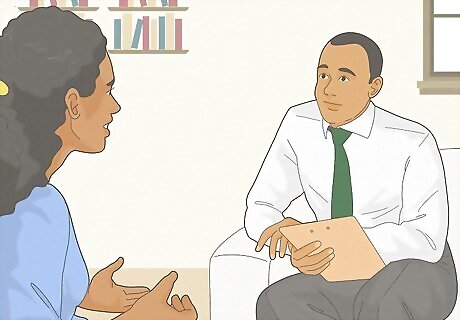
Work with a therapist to identify your nervous system triggers. Severe or ongoing nervous system dysregulation often results from trauma. Dr. Lena Dicken, a licensed clinical psychologist, emphasizes the importance of “understanding…why you’re being triggered. And from there, once you know why you're being triggered, many things open up.” For example, if your nervous system is continually triggered around one person, Dr. Dicken recommends you ask yourself questions to “understand why this person is triggering. Do they remind you of somebody that you don't like? Are they…successful in a way that you really want to be successful?” Without professional help, frequent nervous system dysregulation can affect your future physical and mental well-being. It has been linked to digestive issues, depression, and auto-immune disorders.
Signs and Causes of Nervous System Dysregulation

Anxiety and stress often cause nervous system dysregulation. The symptoms related to these issues and other mental health conditions usually resolve with soothing techniques. Common signs of nervous system dysregulation caused by anxiety and stress include: Feeling your heart beat faster Feeling overly warm or overly cold Taking short or rapid breaths Excessive sweating Dizziness or lightheadedness Decreased saliva production or dry mouth
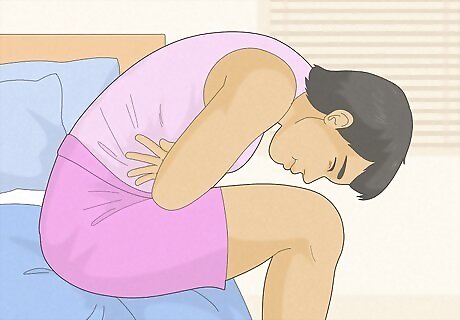
Nervous system dysregulation may stem from an underlying health condition. If you regularly experience any of the following symptoms of nervous system dysregulation or a nervous system disorder, consult a medical professional. Constipation and slow digestion Pupils failing to adapt to changes in light Bladder problems, like not being able to fully empty your bladder Sexual conditions, like vaginal dryness or erectile dysfunction
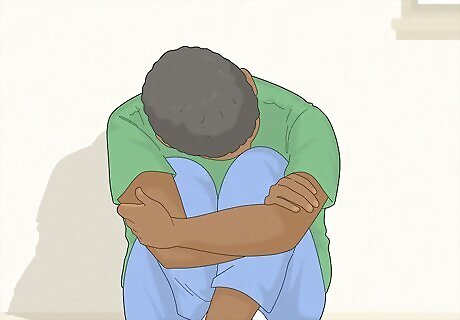
Trauma can cause frequent nervous system dysregulation. Early childhood trauma or post traumatic stress disorder (PTSD) both lead to symptoms like negative mood alterations, anxiety disorders, and hyperarousal (also known as the fight-or-flight response). All of these symptoms are also associated with nervous system dysregulation.
How does the nervous system work?
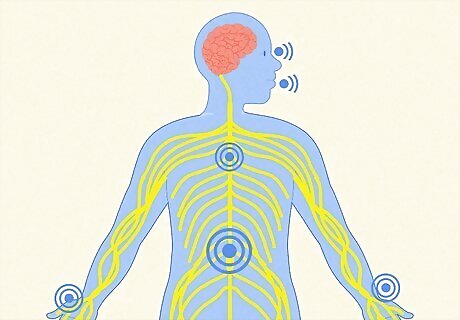
Your brain and body communicate through the nervous system. These messages tell you to breathe, move, speak, see, and respond to any situation. It regulates involuntary actions like heartbeat, stress response, and digestion. With the nervous system controlling so much of your body, it’s easy to see why a disruption can be so impactful and scary.
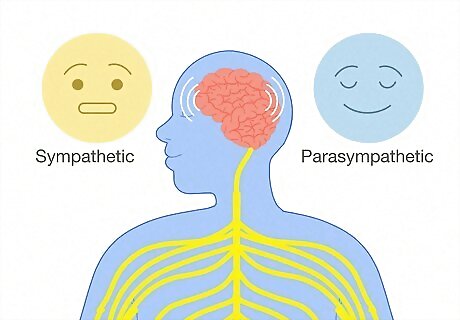
The two main parts of the nervous system keep your body in balance. These two parts, the parasympathetic and sympathetic nervous systems, are opposites that work together to maintain your mental and physical state. When their balance is disrupted, your body experiences nervous system dysregulation.
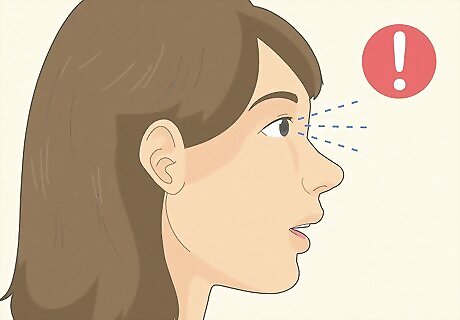
The sympathetic nervous system responds to stress and danger. This is the active system when you feel dysregulated, also known as hyperarousal or fight-or-flight. In this state, clinical psychologist Dr. Tracy Carver describes your nervous system as “doing what it thinks it should be doing…It's activating all of those chemicals, all those neurotransmitters that it thinks are going to help you survive.”

The parasympathetic nervous system helps you regulate and rest. When we are down-regulating our nervous system, we are trying to activate this system and “get our nervous system to go from sympathetic to parasympathetic,” as Dr. Carver explains.
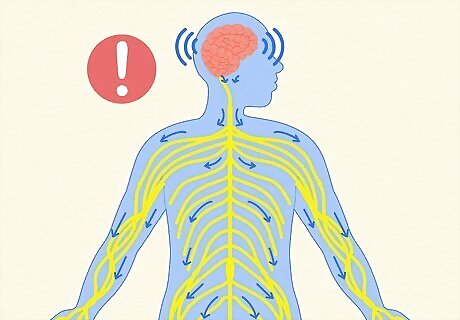
Over-activation of the parasympathetic nervous system may cause a freeze response. Some researchers believe that a lack of perceived safety during nervous system dysregulation will cause the parasympathetic nervous (PNS) system to actually take over. However, instead of calming the body to a normal state, the PNS will overcompensate and shut the body down. The freeze response, also known as hyperarousal, differs from the typical fight-or-flight response associated with nervous dysregulation. The freeze response can be left with mindful awareness, detaching from trauma, up-regulating with energetic music and physical activity, or by using sensory triggers like sour candy and rubber bands. The polyvagal theory described above is a relatively recent development in our understanding of the nervous system and has yet to be universally accepted.



















Comments
0 comment